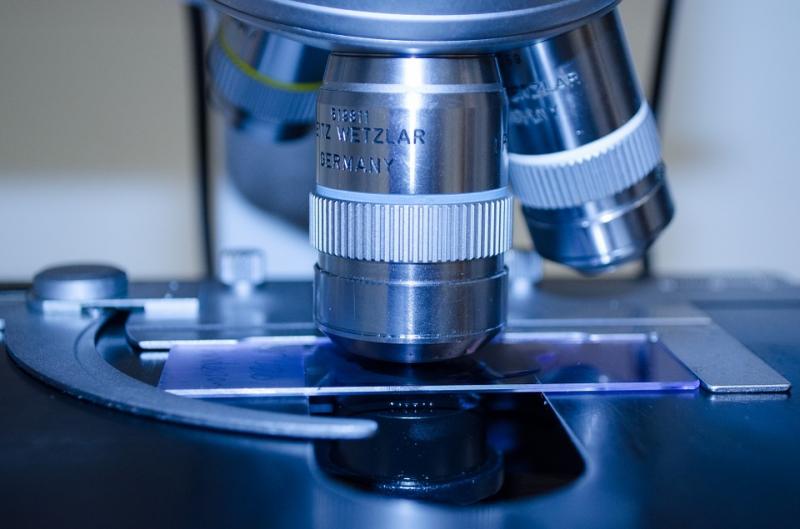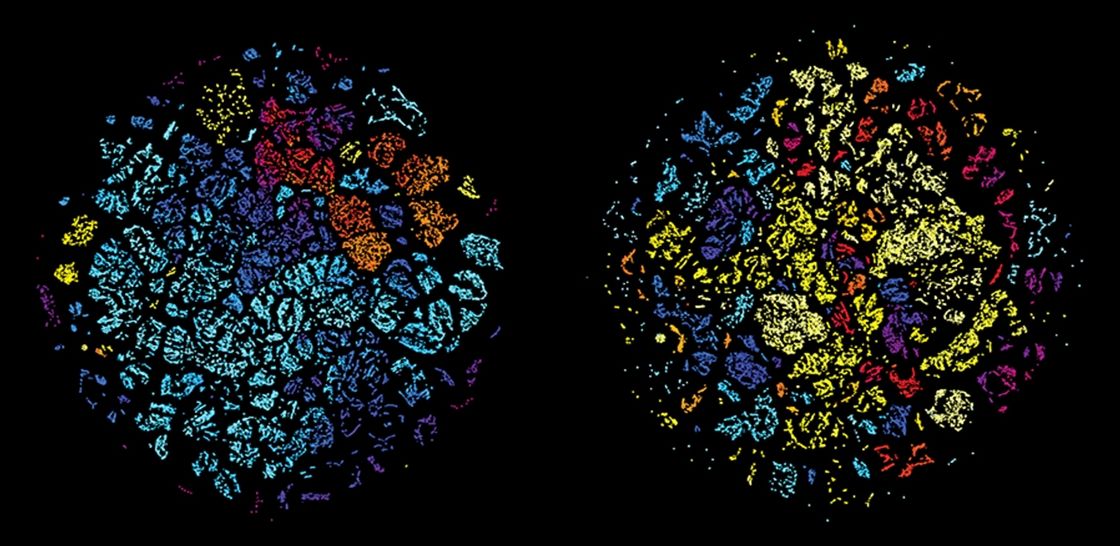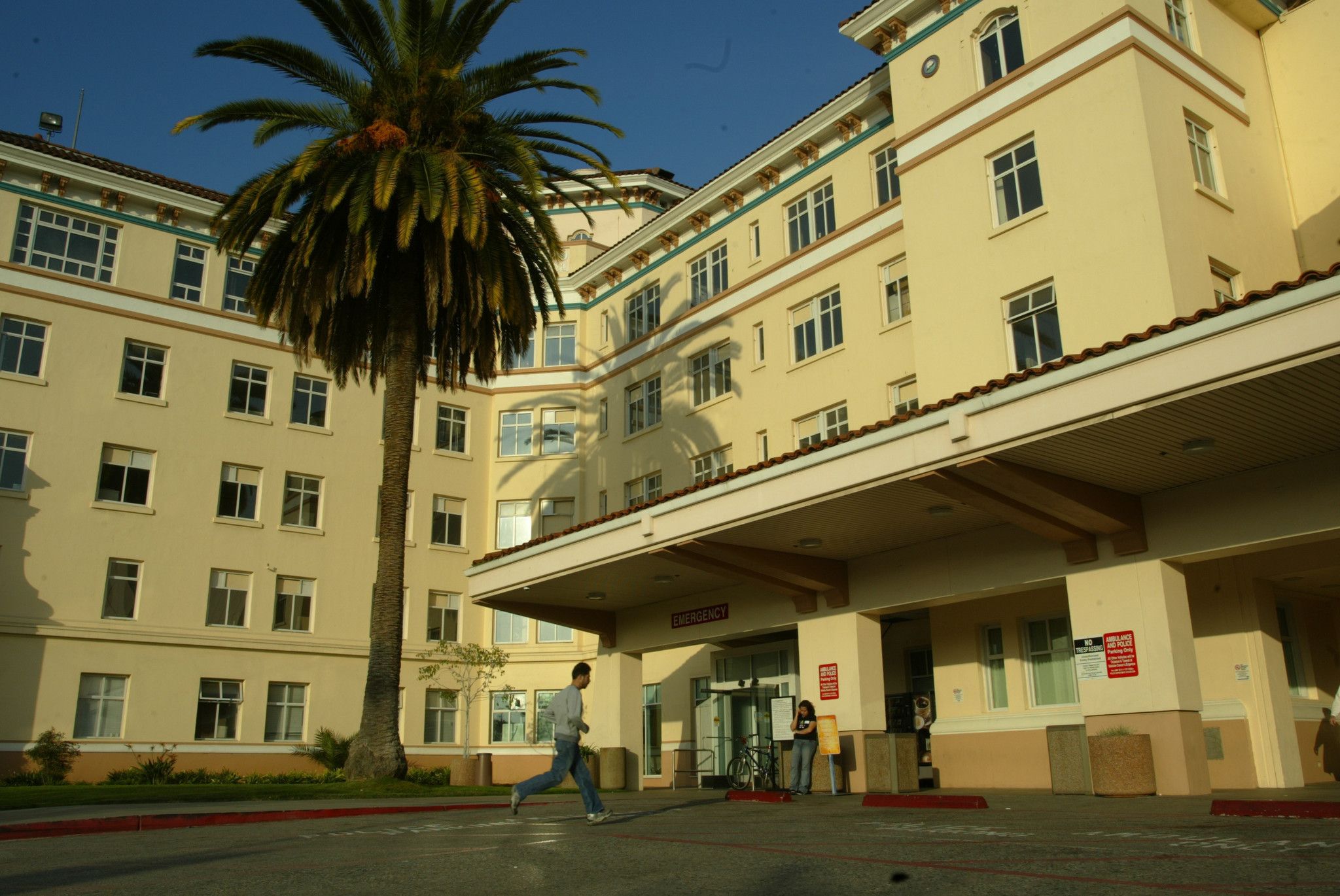New insights on GBM resistance markers.
A research team, with the participation of the University of Granada (UGR), has made some progress in determining the causes for glioblastoma multiforme (GBM), one of the most aggressive brain tumors known, to be resistant to the drugs currently used, which is one of the main limitations of its treatment. The results have been recently published in two articles in PlosOne magazine.
The researchers have proven that proteoglycans (the cells’ structural elements), called decorin (DCN) and lumican (LUM), could be decisive in the behavior and development of a resistance to the drugs used for treating glioblastoma multiforme, such as temozolamide (TMZ). In the other hand, they have laid bare that the inhibition of the transcription of some of the sub-units belonging to the mismatch-repair (MMR) complex, a system that analyzes and repairs DNA, could be responsible of the failure of current therapies against this kind of tumor.
This is a scientific breakthrough that could be useful for the search of new resistance markers in GBM as well as for the development of new therapeutic strategies which avoid the resistance to drugs that these tumors possess.









